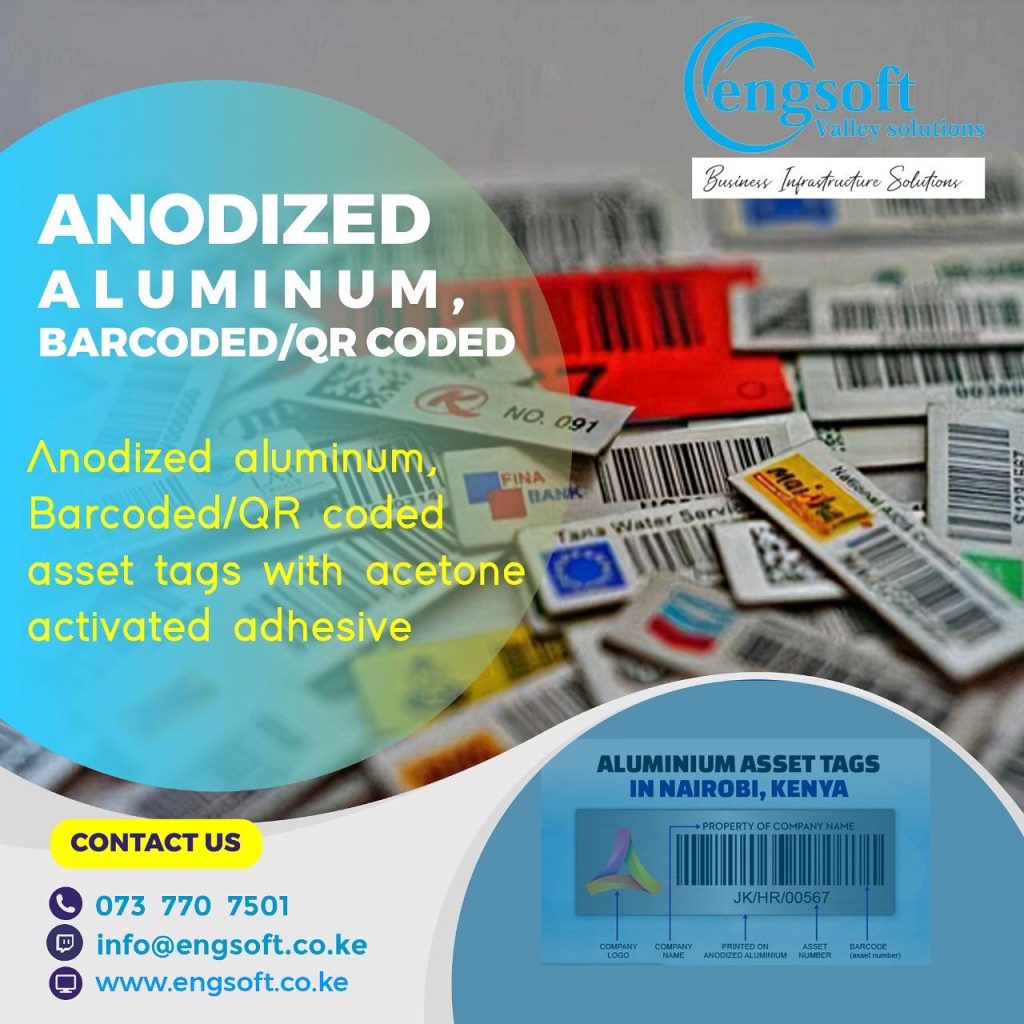Asset Tagging Using RFID: Your Asset Tagging and Tracking Options

Asset management, at its very basic, is the process of managing your organization’s assets (usually physical assets) from acquisition to disposal, including replenishment. RFID, on the other hand, is the abbreviation for Radio Frequency Identification. This is a technology used to uniquely identify physical assets.
So, can RFID improve your organization’s asset management efforts?
There are multiple ways that an RFID asset tagging system can improve your asset management efficiency. And the degree of improvement depends on the configuration. Some of the configurations you should consider include the following:
- Barcode
- Pen and clipboard
- Passive RFID with fixed readers
- Passive RFID with mobile readers
- Active RFID
You can take the pen and clipboard standard as the base reference and examine other upgrades relative to it.
The comprehensive barcode solution
Adopting a comprehensive barcode solution with a mobile reader comes with significant benefits. Asset tagging and management become easy, fast, and accurate. The asset manager knows exactly which assets have been processed and which ones have not. You can also use this application to keep a historical record of your assets.
Passive RFID with mobile readers
Investing in the passive RFID asset tagging solution with a mobile reader comes with additional benefits. The process of asset identification becomes much faster and potentially less intrusive. You will also enjoy the benefit of identity and keeping track of assets that are not directly in the line of sight, like items that have already been packed for transportation.
But perhaps the greatest benefit is when there are many assets to be tagged and tracked. This can apply to file tracking, or there are a large number of items to be tracked. RFID asset tagging and tracking solutions are capable of verifying multiple items on a routine basis, especially during an audit. This would otherwise be slow with barcodes.
That said, the drawbacks of moving from barcode to passive RFID include the following:
- Cost of the tags
- Difficulty in mounting the tags due to size
- Uncertainty of the readability of the tags due to the surrounding materials,
- Difficulty marking small items like phones
- Cosmetic issues relating to status items (like executive laptops)
- Confusion in taking readings through walls
- Difficulty knowing which items have been read and which ones are yet to be read
Passive RFID with fixed readers
Moving on to fixed-mount readers with passive RFID cuts down on the effort required to identify and keep track of the organization’s assets. Assets can be tracked and monitored on a continuous basis without human intervention.
The drawbacks to using fixed-mount asset readers include:
- High cost of the reader
- The difficulty in physically mounting the readers
- The difficulty in establishing and maintaining communication with the reader (usually requiring a network drop)
- Reliability, cost, and management issues around maintenance
Active RFID with static readers
Investing in active RFID tagging solutions comes with its share of benefits. For instance, the system is capable of tracking assets over a large area with limited human intervention.
The drawbacks of active RFID asset tagging solutions include the following:
- The difficulty in mounting the tags due to their large size
- Tags come with a lifecycle (usually 5 years)
- Difficulty in mounting readers and providing access to those readers (usually through a network)
Conclusion
Back to the original question, yes RFID asset tagging solution can greatly benefit your organization. However, it should be noted that this comes at a cost. Reviewing the different solutions described above, it should be apparent that each solution has its share pros and limitations. As such, the most efficient asset tagging solution is achieved by using a combination of different technologies.
You can use barcodes for very small devices that need to be tracked as well as assets with cosmetic importance. Passive RFID tagging solutions can be used in most assets, with a mobile reader performing routine audits. However, if you want to keep track of expensive items, where timely knowledge is crucial, then you are better off investing in active RFID tracking solutions.
Questions?
Call or email us so we can discuss your asset tagging and tracking needs today.

